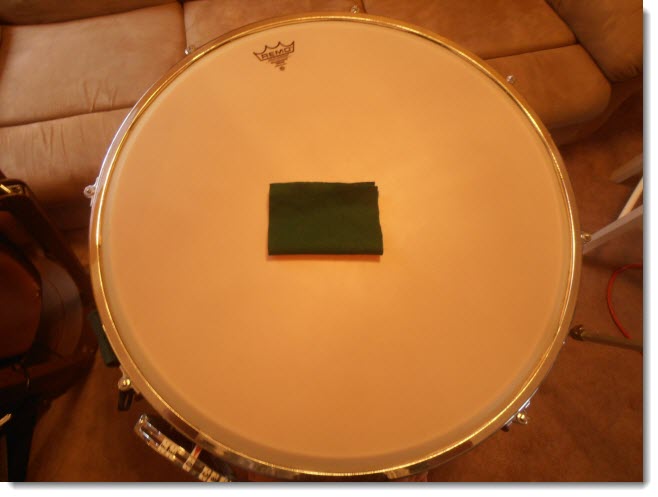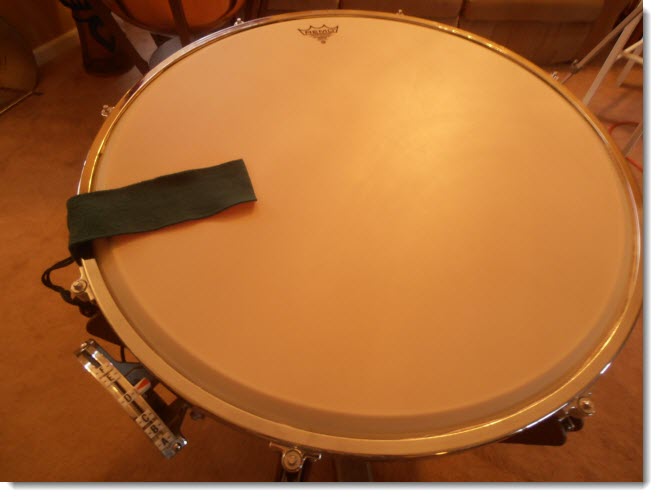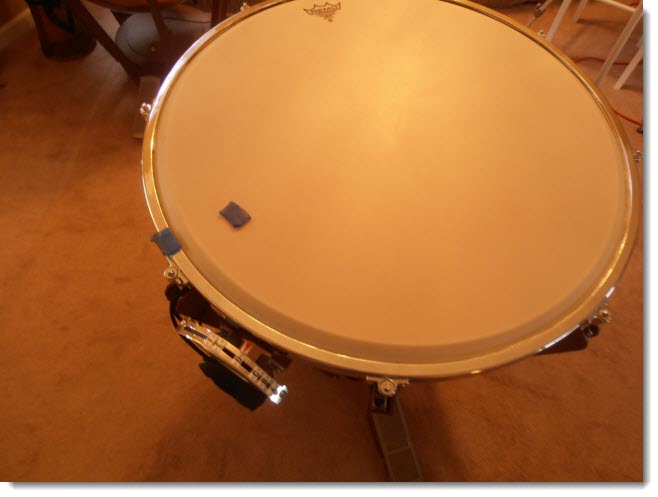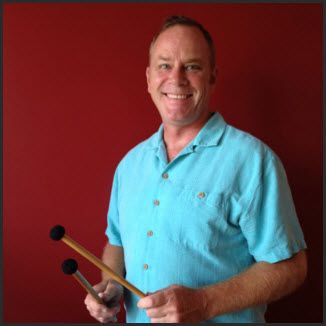It is sometimes necessary to use mutes when you are playing timpani. Mutes cut down on the resonance of the drums so that rhythmic clarity can be heard, to create a special musical effect or to have the timpani sound blend with a small orchestra that is playing early classical or baroque music.
Timpani Muting for Rhythmic Clarity
If you are playing a timpani part that involves a very clear rhythm to be heard especially on a low note you can mute the drum slightly so that the resonance of the drum won’t over power the rhythm. If you don’t use a mute your fast rhythm might sound more like a roll than a precise rhythmic figure.
Timpani Muting for a Special Musical Effect
In the piece Symphony Fantastique by Hector Berlioz the composer asks the timpanist to mute the drums and to play with wooden mallets. The effect in the March to the Scaffold movement of the piece depicts military sounding drums leading the condemned to their execution.
Timpani Muting is Often Found When Playing Early Music
When playing the music of Bach, Haydn, Handel, Mozart and early Beethoven for a few examples and the orchestra with whom you are playing is very small you might want to consider using mutes on your drums so that your resonant sound will not over power the other musicians playing in this musical style. Using mutes allows you to play forte passages with the type of gusto that you want to use without having the drum’s sound get too loud. You may find that you will not have to muffle your drums as much if you use mutes appropriately.
Here is a short video where I demonstrate different mutes in different locations on the timpani
Types of Timpani Mutes
Something soft with a decent amount of weight should be used. You can make a timpani mute with a piece of craft felt about 6” by 16” and folded twice so that you will have 4 layers in a mute that is roughly 6” by 5”. This mute is good because it can be placed anywhere on the drum.
There are several commercially available mutes. Rhapsody Percussion makes a mute with magnets sewn into one end so that the can stick to the rim of the drum and stay in place. These are great mutes that can also be tied to the drums, but they are limited in their use because you always have to use them on the edge of the drum.
If you try to put them in the middle the magnets and the string attached to them will cause unwanted noise.
Moon Gels are commercially available and are marketed to the drum set player who wants to mute his/her drum set tom toms. They are 1” by 1.5” of a soft rubber material that will stay where ever you put them and they can be placed anywhere on the drum that you want to acquire the type of muting effect that you’re looking for.
Where to Place Your Timpani Mutes on the Drum
If you think of your drum as a clock face and where you play is at 6 o’clock, place your mute on the head at 9 o’clock or 3 o’clock about where the playing spot would be in that location or about 3-4 inches in from the edge. With the mute in this position you will cut most of the resonance out of the timpani sound, but the pitch will be heard well and your rhythms will be very clearly audible.
Placing the mute in the center of the timpani head creates a different muting effect. Your drums will still have a fair degree of resonance but the overall volume of sound will be diminished. If you are trying to play softly but with a timpani sound that is not too muted this technique is a good option.
You can move your mutes along the edge of the timpani so that they are between 9 o’clock and 7 o’clock and they can be moved closer to the center or closer to the edge of the head. Experimenting with mutes in various locations will help you to decide what to use in a wide variety of situations.
If you place your mute directly across from your playing spot (at 12 o’clock) you will get a very muted sound that is not desirable in my opinion.



